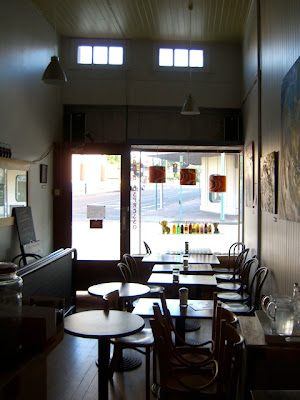
The thing that makes espresso coffee different to any other way of making coffee is the way the flavour of the beans is extracted. With espresso coffee the extraction is done at very high pressure and fairly quickly (hence the name 'espresso' Italian for fast). What this means in terms of flavour is that while the sweetness of the ground beans is extracted the bitterness is left out.
The early part of the extraction is the sweetest. This is why there is a drink called '
ristretto' (Italian for restricted), where the pour is stopped early in order to avoid any of the later flavours and just get the sweetest part of the extraction. This also has less
caffeine as
caffeine is extracted in greater proportion later in the pour.
To know if you are getting the pour right there is an accepted standard. You should extract about 25 to 30ml of coffee in about 25 to 30 seconds. Some people are very
strict about this and go to extremes to get their
pours to be exactly 28ml in 28 seconds. But this is not necessary, as there is another test which can help you get the right result. That test is to look at the '
crema,' which is the thick brown foam on top of your
pour. If it of a rich, reddish brown, reasonably thick and able to hold a few grains of sugar on its surface you have a good result. If it is too dark your
pour was too, long or water to hot or coffee ground too finely. If it is too light, your pour was too short, coffee ground to coarsely, or equipment or water too cold.
It seems complex but after awhile it
becomes second nature to watch as the pour is happening and you will know straight away if all is well.














